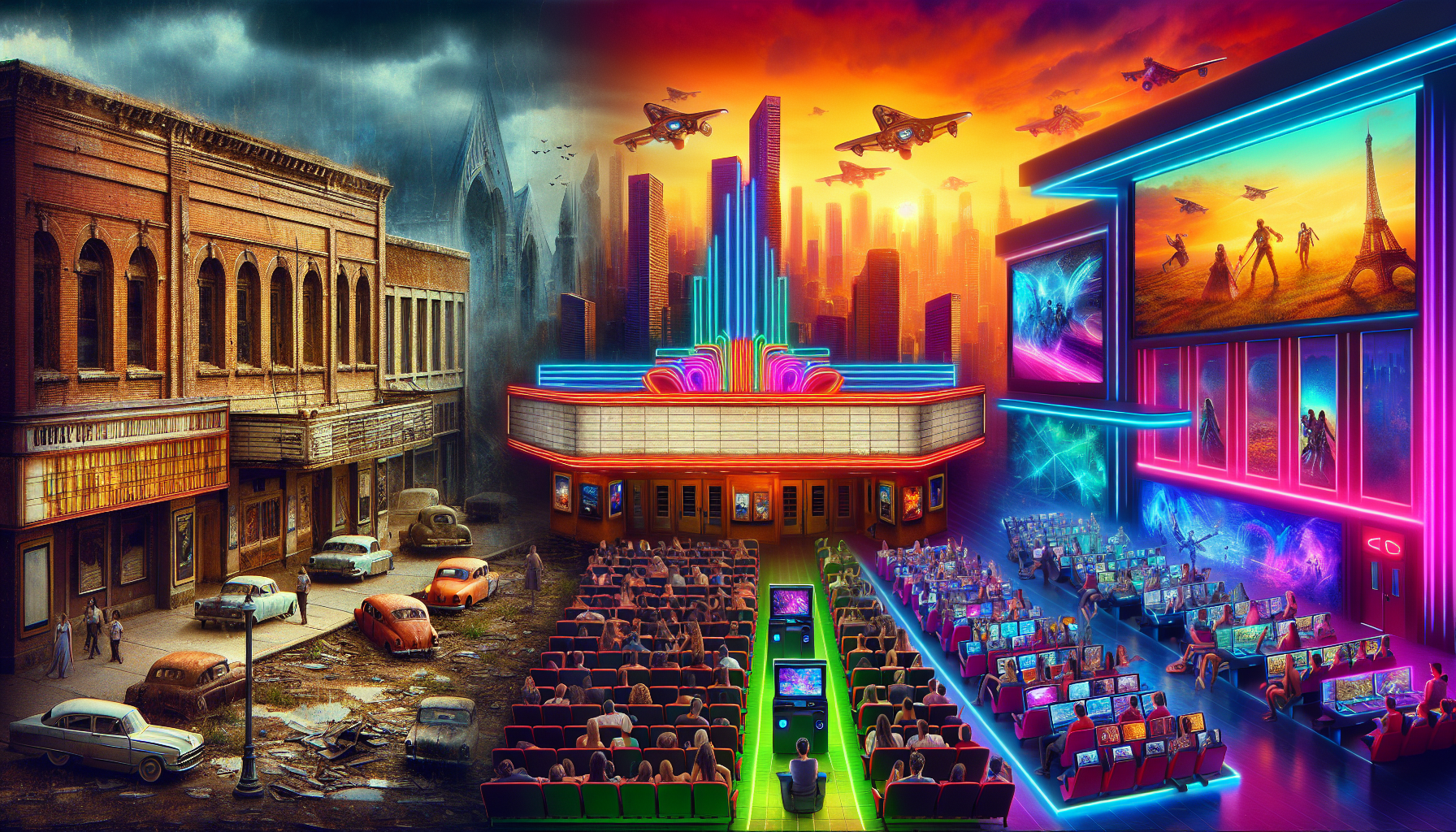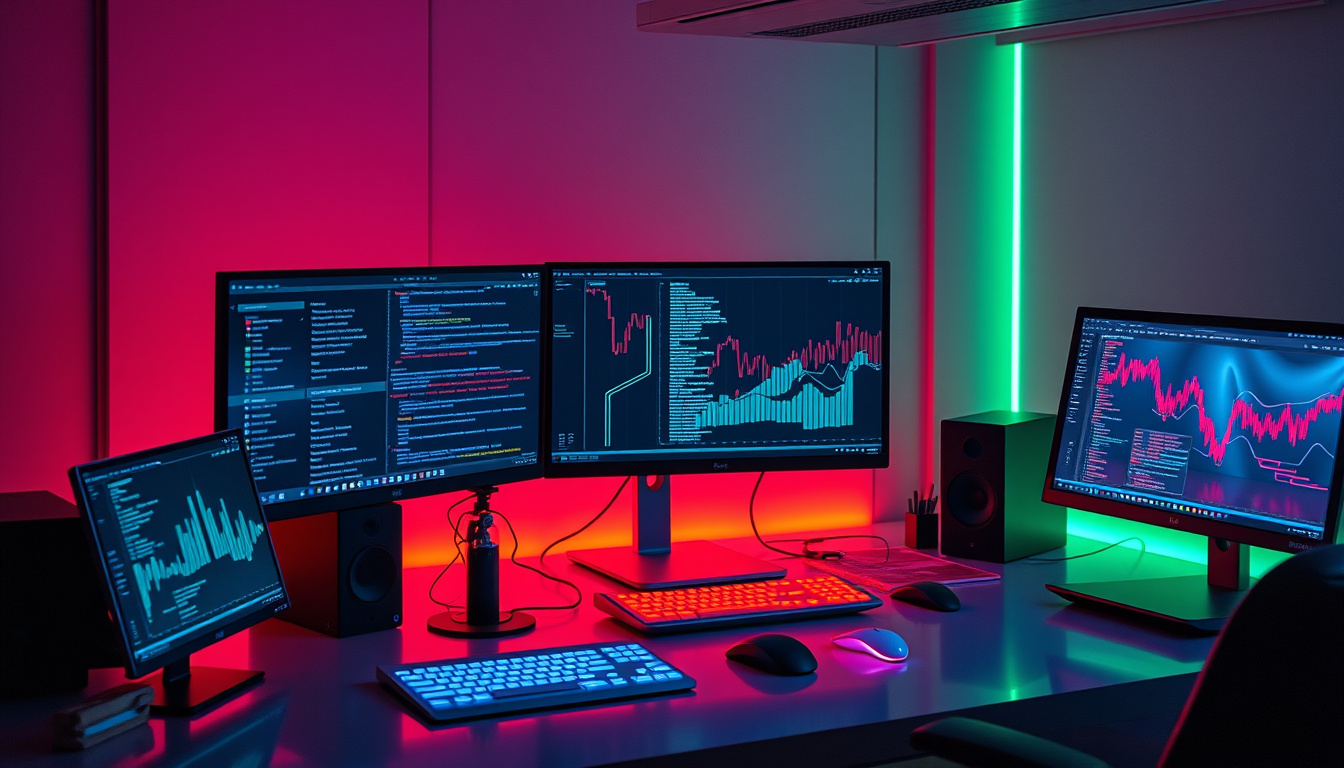
Understanding the Post-Cinema Era
The concept of a Post-Cinema Era suggests a significant transformation in the medium and culture of cinema, influenced by technological advancements, changes in viewer habits, and broader socio-economic factors. This idea prompts us to examine whether traditional cinema has given way to new forms of digital media and entertainment, fundamentally altering what cinema means today.
The Evolution of Cinema
Cinema has evolved significantly since the first film screenings in the late 19th century. Over the decades, technological advancements, such as sound, color, and special effects, drastically improved the storytelling capabilities of films, making them a dominant form of entertainment globally. Furthermore, the introduction of the television and later home video systems in the 20th century brought changes to how and where people engaged with cinematic content.
The Impact of Digital Technology
The rise of digital technology has had a profound impact on film production, distribution, and consumption. Digital cameras and editing software have democratized filmmaking, reducing costs and making it accessible to a broader range of aspiring filmmakers. Additionally, digital projection has largely replaced traditional film reels in theaters, offering audiences higher quality visuals and sound.
The Role of Streaming Services and Online Platforms
The introduction and proliferation of streaming services have further disrupted traditional cinema. Platforms like Netflix, Amazon Prime Video, and Disney+ offer vast libraries of films and TV shows at the fingertips of viewers worldwide, fundamentally changing the movie-going experience. The convenience, variety, and subscription model of these services have captivated a significant portion of the audience, who now opt for home viewing over traditional theater visits.
Changes in Film Distribution and Audience Behavior
The traditional model of film distribution, involving theatrical releases followed by home media and television broadcasts, has been challenged. Many films are now released directly on streaming platforms, bypassing theaters entirely. This shift has sparked debates about the financial viability of cinemas and their role in the film industry.
Moreover, audience behavior has shifted. The preference for on-demand content allows viewers to tailor their watching habits to their schedules and preferences, contrasting with the fixed schedules of cinema showings. Social media and mobile devices also influence viewers’ engagement with films, allowing instant sharing of reviews and multitasking while watching movies.
The Cultural Implications of a Post-Cinema Environment
As we transition potentially into a post-cinema era, there are notable cultural implications. Cinemas have historically been communal spaces where diverse groups come together for a shared experience. The decline in cinema-going could impact societal cohesion and the collective public engagement with new film releases.
Preservation of the Cinematic Experience
Despite the trends indicative of a post-cinema era, there is a concerted effort by some filmmakers and cinephiles to preserve the traditional cinematic experience. Initiatives to maintain and restore classic film theaters, as well as filmmakers choosing to release their works exclusively in theaters initially, reflect a commitment to cinema’s cultural and aesthetic values.
Furthermore, the unique experience of viewing a film in a theater, with its immersive environment and communal aspect, cannot be completely replicated by home viewing setups, maintaining cinema’s allure to a dedicated segment of the audience.
Conclusion
While we witness significant shifts in how films are made, distributed, and consumed, it may be premature to declare the dawn of a post-cinema era entirely. Instead, we are experiencing an evolution of cinema, where traditional and new media coexist and redefine the landscape. This ongoing transformation challenges us to redefine what cinema can be, potentially leading to a future where multiple forms of cinematic experiences thrive concurrently.






